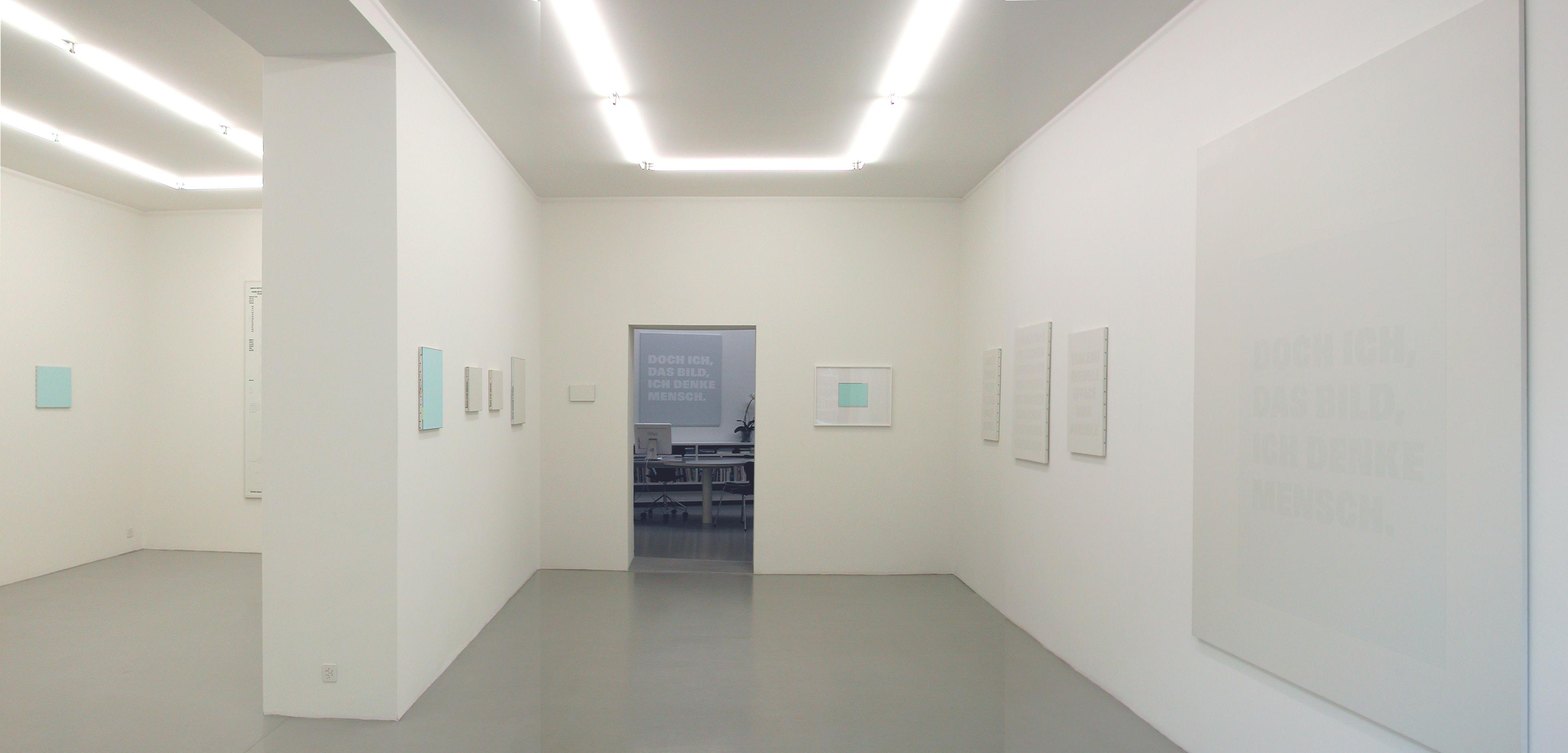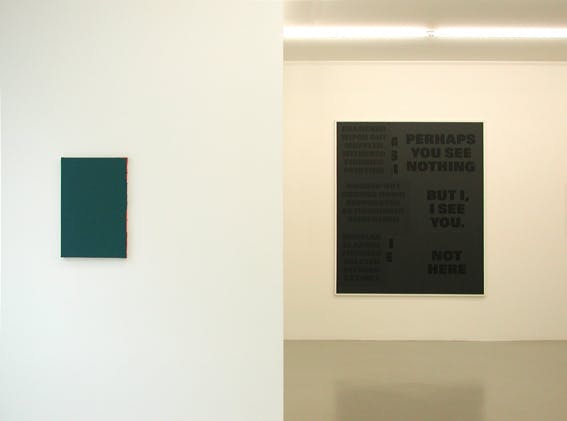Rémy Zaugg, who died – much too early – in August this year (he was born in Courgenay in 1943 and died in Basel in 2005), was one of the most radical artists of our time. His works and writings are among the most profound reflections on our perception of the world. The image is a privileged platform for existential research by the artist since, in its spatial individualisation and immediate presence, it inevitably contributes to individual perception. The traditional status of the image as an exemplum in western culture virtually predestines it to throw light on general statements through concrete individual cases. Yet Rémy Zaugg's images, which give the non-mimetic medium of language the standing of an independent visual element, nevertheless refer to the impossibility of closing the gap between thought and sensuous perception. As Gerhard Mack wrote in his monograph on Rémy Zaugg, his pictures refer to this gap before which all processes of cognition and understanding can be no more than an approximation.
The exhibition in the Galerie Mai 36, which combines selected works from all the artist's creative stages and thus affords a specific view of his work, was conceived by the artist himself. It throws light on the discussion about the conditions of the image and its perception in his early works, which direct the viewer's attention specifically to the individual elements of the image. The use of language serves primarily as a commentary and a means of analysis. The frequently paradox situation of the image in space, which can refer to something outside itself – for example in the series, dating from 1994, entitled NOT HERE – is just as much as a subject for reflection as the limits of its perceptibility in the group Tableau Aveugle 1986-1991). In the mid-1980s, however, Rémy Zaugg tended to regard the image more and more frequently as a subject for linguistic articulation as well, a subject that entered into a dialogue with the viewer. In evocative speech- images of crystalline beauty, it challenges the viewer to engage in active participation in the constitution of the pictures, for example in ET QUAND/FORNDRA/LA NEIGE/OÙ IRA/LE BLANC (2002/2003). In fact, this can lead to the inversion of the traditional relationship between the image and the viewer, when the image gives us to understand, for example: DOCH ICH, /DAS BILD, /ICH DENKE/MENSCH (2002).
Whereas the work groups TABLEAU AVEUGLE and VON DER BLINDHEIT confront us, in a complementary fashion, with the limits of our perception, language in Rémy Zaugg's pictures also opens up a dimension that goes beyond the immediate sensuous experience. James Joyce's " Shut your eyes and see!" can thus also be taken as a challenge to the viewer of Rémy Zaugg's works. [Text: Iris Wien]





